Seasons of Europe’s Bounty
Nothing is quite as satisfying as biting into a ripe peach just a few days off the tree. The skin gives a little under your fingers and a generous drop of juice falls to the table. This is how fruit is enjoyed all over Europe—and has been for centuries
The Bow Tie Duck sources most of its fruits and vegetables from partner growers in western and southwestern Europe. This is where the greatest number of varietals and seasonal offerings can be found. The Mediterranean region, encompassing Spain and the isles of Corsica and Sicily, is blessed with beautifully warm, sunny summers and mild, rainy winters. France, Europe’s biggest producer of agricultural goods, possesses different climatic zones that result in a rich and diverse bounty throughout the seasons. Farms and orchards of all sizes have honed decades-old techniques to make the most of the varied growing seasons of the fruits and vegetables in their regions.
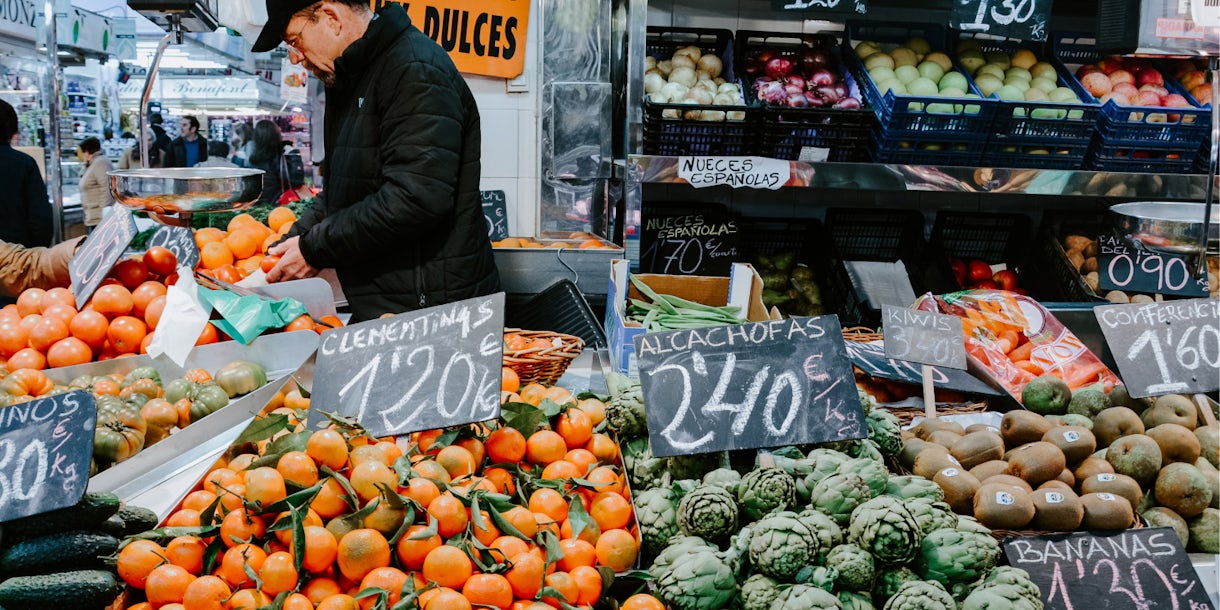
Harvesting by Season
Europe has a generally temperate climate and cycles through four distinct seasons each year. The harshness or mildness of each season depends on how far or near each country and region is to the equator, elevation, climate change, and other environmental factors. Western Europe, in particular, can be unpredictable because of the erratic Atlantic air currents.
Spring, from late March to June, marks the beginning of the thermal growing season, the number of frost-free days in a region that allows crops to grow and be harvested. It varies from year to year and is when fruits and vegetables that require cooler temperatures grow and mature. Most of these are considered the year’s early bloomers.
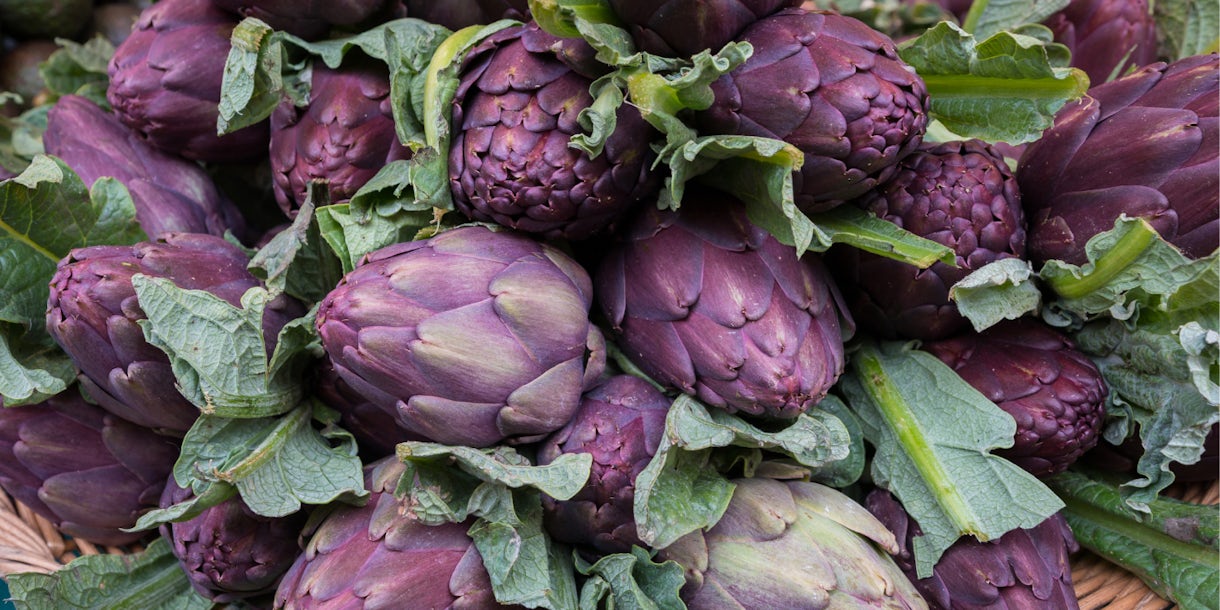
Artichokes at the Bastille weekend market, Paris, France. March through May is the perfect time to enjoy them
From late June to September, summer is the peak of the thermal growing period, when the air truly warms and the bulk of the year’s produce flourish. Summertime vegetables and fruits require a lot of sunshine and little cooling at night to grow. Autumn, from late September to early December, is the time when most harvest festival take place all over Europe. The temperature start dropping again and the last of the summer fruits are harvested alongside new batches of crops that benefit from the cooling weather. This ends the thermal growing season. The winter months of December to early March are generally considered a period of hibernation, but in southern Europe and the Mediterranean, low temperatures combined with sunny skies allow many citrus fruits to flourish.
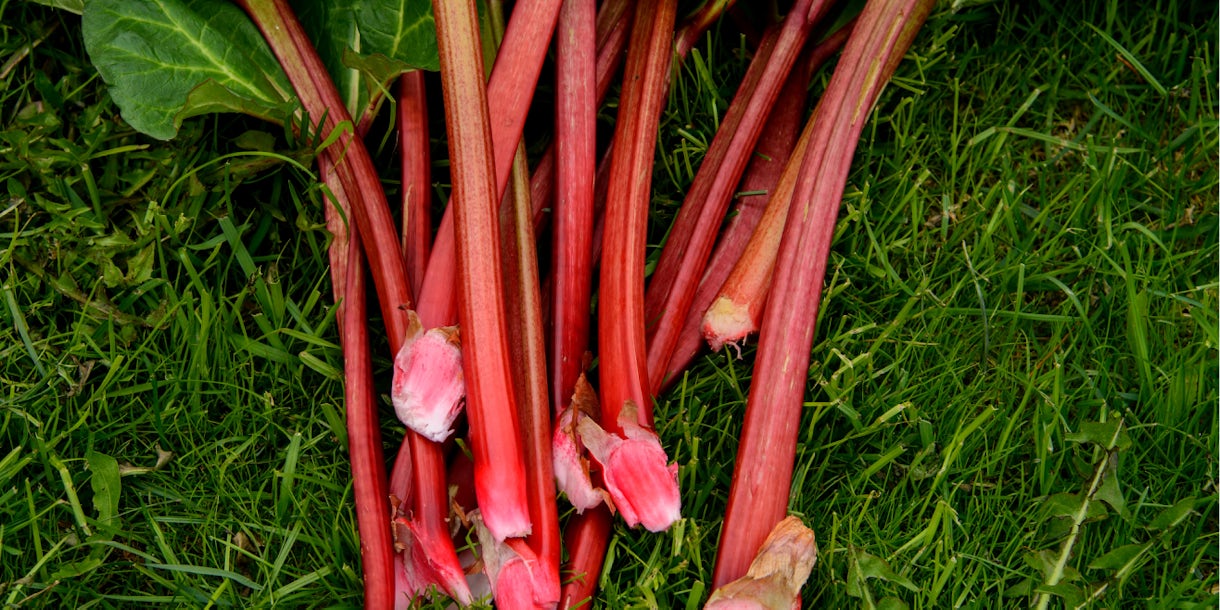
Organically-farmed Rhubarb means production without the use of chemical pesticides and working with what Mother Nature provides.
With its seasonally changing bounty, Europe is the ideal home of the slow food movement, which encourages responsible food systems, eating within season, and a focus on traditional (non-commercial) farming methods. Farming and eating according to season protects biodiversity, improves the health of the people, and lessens negative impacts on developing countries.
The international grassroots organization Slow Food International gets financial support from the European Union, part of the block’s efforts to combat the rise of fast-food culture and preserve the age-old traditions of its member states.

France's Emmanuel Macron and the French parliament making a conscious effort to implement new reforms for the country’s agriculture and food policy. Photo from Emmanuel Macron official Twitter page
Each country in Europe has its own set of rules in accordance with this. The agricultural community of France, in particular, follows a practice called “reasoned agriculture”. It is otherwise known as sustainable agriculture. Since the 1990s, French law has required that all producers make a conscious effort to keep chemical usage to a minimum and to employ farming practices that limit their impact on the environment.
From restrictions to incentives, the government employs every tool at its disposal to encourage their farmers to do what is best for their produce without compromising the growing regions in the process. This ensures that French vegetables are of the best, healthiest quality in any season.
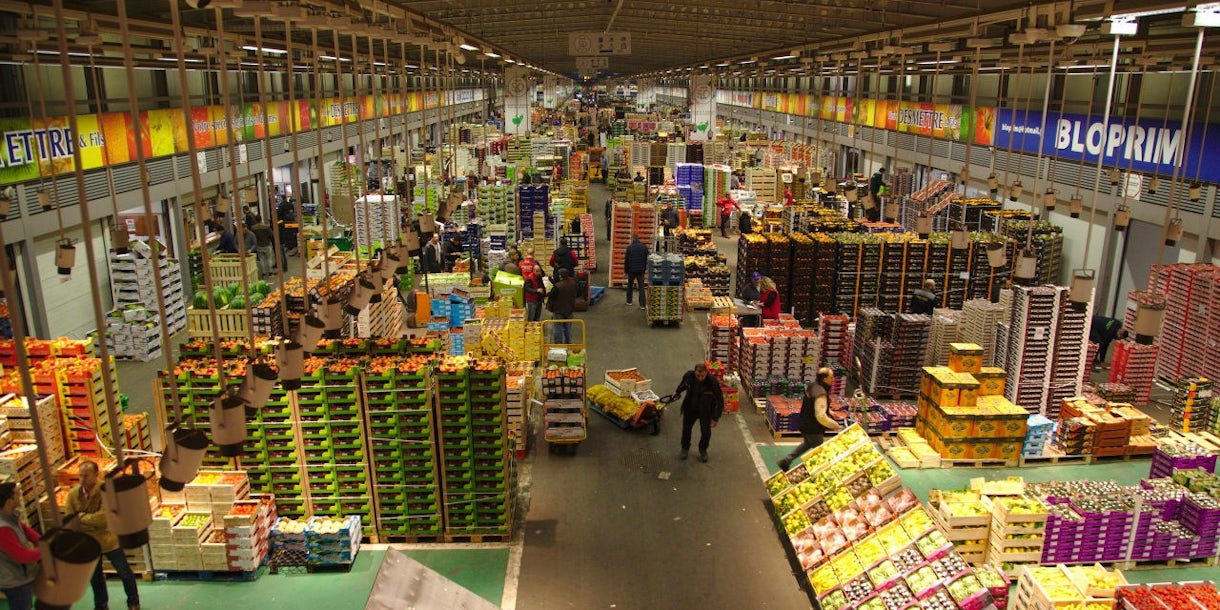
A peek at the Produce Section of Rungis International Market, the largest market in the world. The entire complex covers 232 hectares and is slightly larger than the Principality of Monaco.
An Ever-Shifting Cornucopia
Different stone fruits—fruits with flesh or pulp enclosing a stone-like seed—are ready for harvest throughout the year. Apricots tend to appear in the mid-spring month of May and sometimes stay on until September. Nectarines grow in Murcia, Spain from August to October. Corsican yellow peaches, known for their lovely yellow flesh and gorgeous exterior in shades from yellow to red, are harvested around the same time, but the rare Nourrit blood peaches (otherwise called peaches of the vine) are picked alongside wine grapes in late August to early September. Corsican peaches are sweet and tart, while the Nourrit variety possesses an added tannic bitterness reminiscent of fine wine. Different varieties of European plums (prunes in France) overlap each other throughout summer and fall.
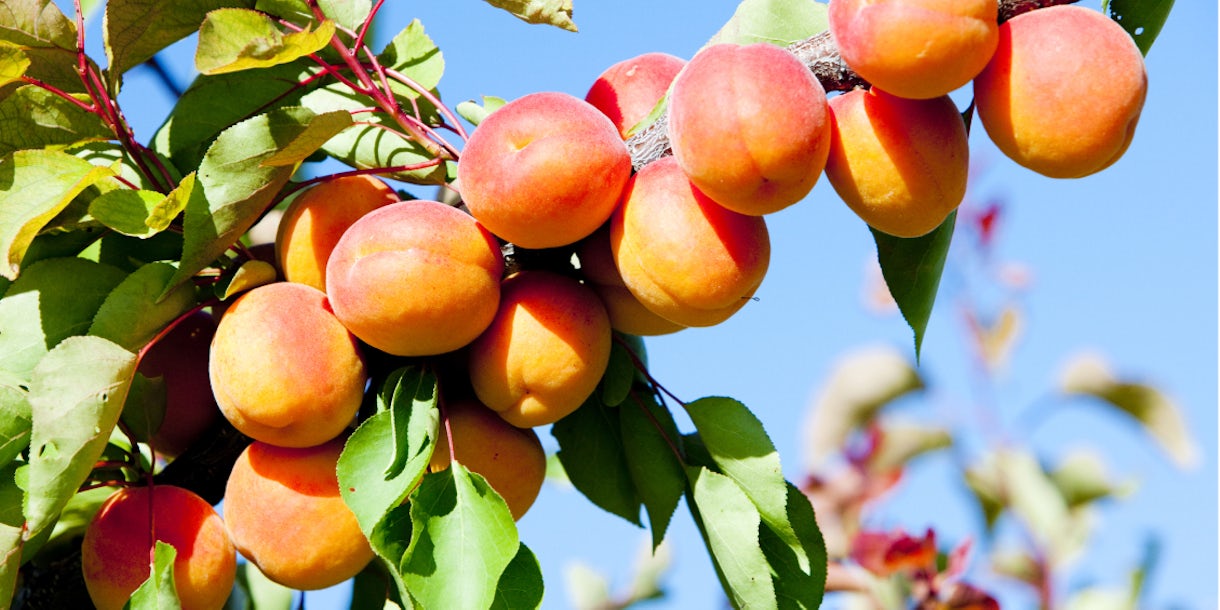
Juicy French apricots come in different varieties
The Cavaillon melon of Provence, a muskmelon whose ripeness is determined by a faintly sweet muskiness emanating from its bottom, has its own festival on the weekend before Bastille Day every year. This fruit, harvested only in mid-summer until early September, was so adored by the writer Alexandre Dumas that he exchanged copies of his published work with the citizens of Cavaillon for a dozen of their melons every year.
Earthy green asparagus appears in mid-spring, alongside the earliest of the rhubarb varieties. The much-coveted white asparagus, tender and more delicately sweet than their green counterparts, is only harvested for a few short weeks from April to June in the sandy soils of northeastern France, Germany, and other adjacent territories. Aubergine (eggplant) varieties, from the Sicilian zebra and Rosa Bianca and sweet Italian ones, are in season at varying points from late May to mid-October. With them come courgettes (zucchini).
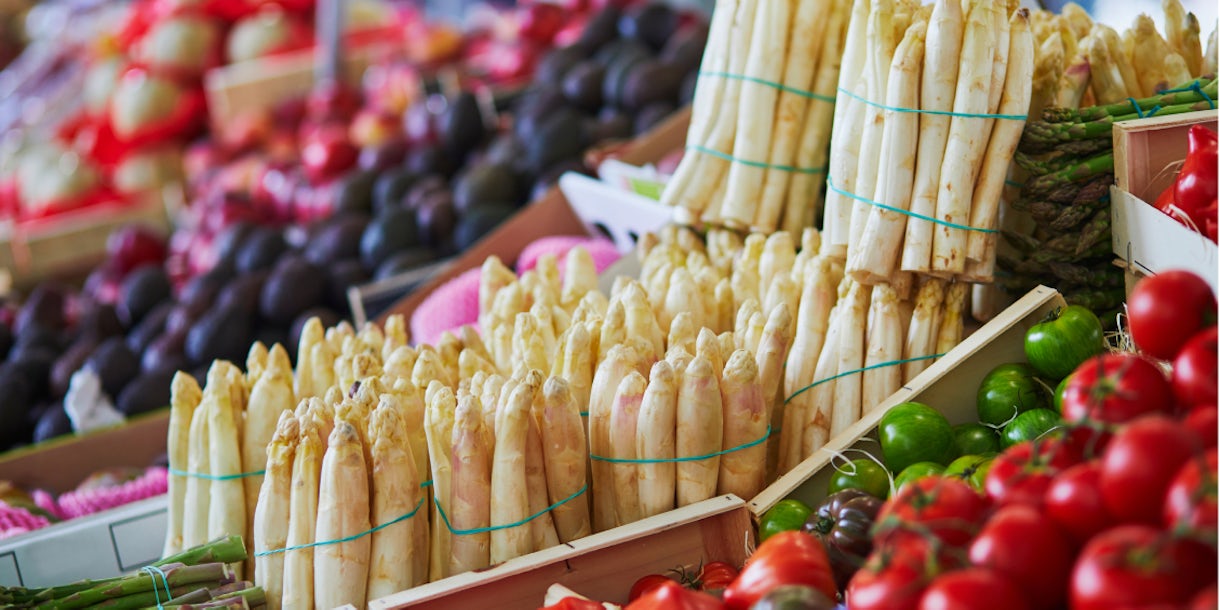
Fresh organic vegetables and fruits on farmer market in Paris, France, the much-coveted white asparagus among them.
Ever-fragrant gariguette strawberries from Provence, tenderly sweet and tart at once, are in season as early as February, but the peak of the harvest season is somewhere between April to mid-May. Mara de bois strawberries are brilliantly red, marvelously juicy, and have the subtle sweetness and fragrance of wild strawberries—and they are harvested from July until the chilly end of autumn!
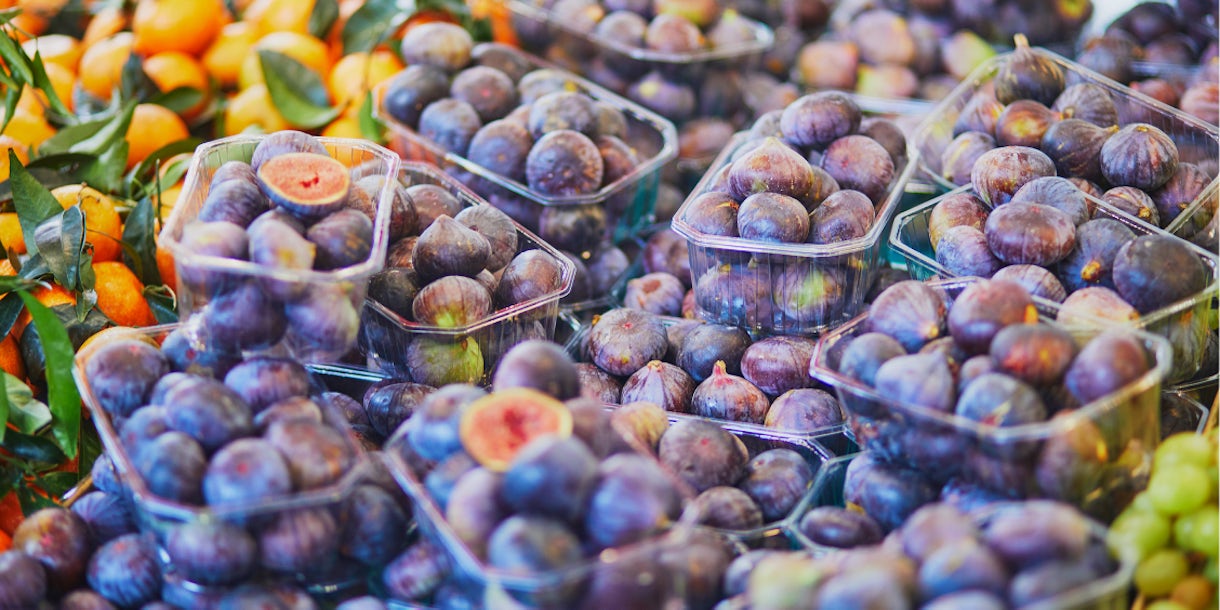
Solliès-Pont figs, a Côte d’Azur classic.
Tarocco, the inimitable Sicilian blood orange, is cultivated exclusively in the area around Enna and Siracusa, close to Mt. Etna. Only with the unique confluence of the snows around Etna and the warmth of the Sicilian sun can the orange’s signature red pulp develop. They are ready for harvest from January to April or May. Solliès-Pont figs, the pride and joy of the Côte d’Azur, are only in season from mid-August to mid-November. They are monitored to ensure that they follow the strictest standards of production, allowing them to maintain both an AOC in France and a PDO from the European Union.
Sometimes the growers themselves dictate their own particular harvest seasons. Yannick Colombie, an organic farmer with a small plot of land in Lizac, Tarn et Garonne in south-western France, only harvests his cherries and apricots when they are at their sweetest and ripest.
Rain, sun, and other environmental factors are all taken into consideration. His apricots are picked within four to five weeks between June and July. His cherries, harvested only within May and June, are served at the Ritz Hotel in Paris and are a great favorite of French President Emmanuel Macron.
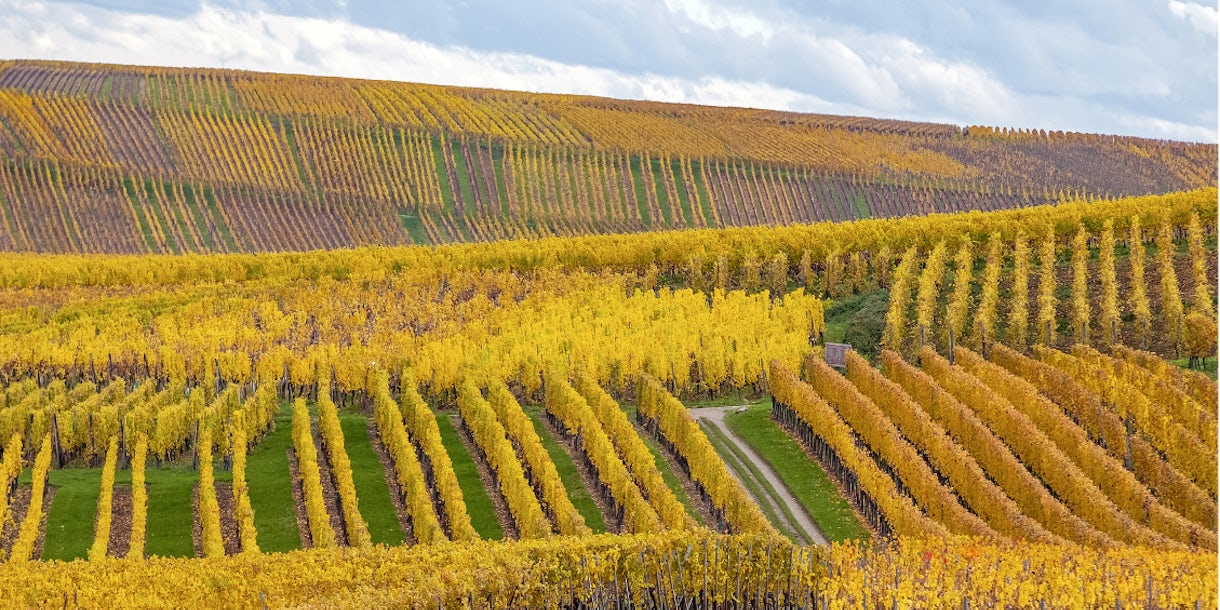
The rolling hills and golden vineyards of Alsace in late fall, France.
Limited Edition by (Nature’s) Design
The yearly harvest is ultimately dictated by the direction of the season. Warmer summers may yield more blood oranges, but not quite the same number of cherry tomatoes or strawberries.
European farmers treat all their produce the same way winemakers would their fine wines: only the best of the season leave the fields and make their way to the market stalls.
The Bow Tie Duck, on certain times of the year, will fly in limited quantities of seasonal produce from Europe, according to notice from the growers themselves and changing client demand. The fruits are sent to Manila as soon after they are picked as possible, allowing them to ripen further on the voyage from Europe to a basket on your kitchen counter. Strawberries get sweeter, peaches become more tender, and the end result is a fragrant freshness that transports you to places half a world away, right back to the orchards and farms where the harvest first began.
